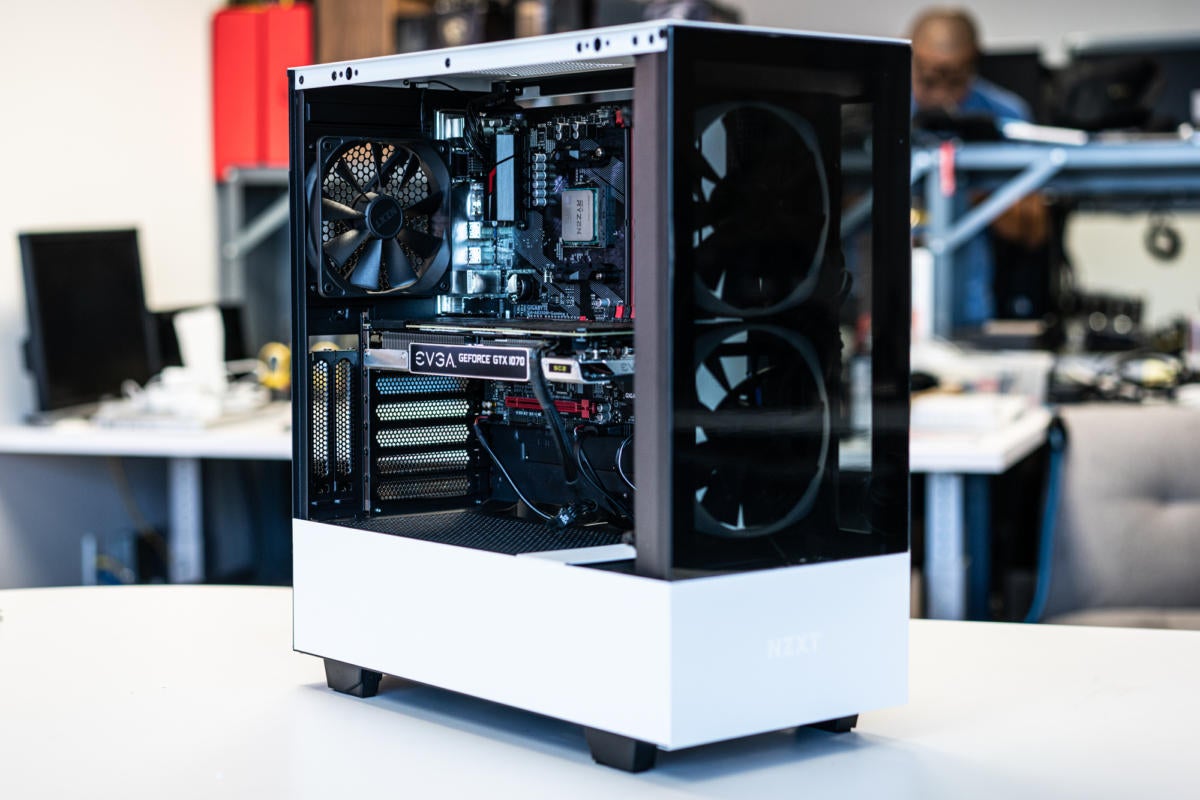

The first thing we did notice were some small cable tie points on the back of the cable management bar, so that some LED or fan cables can be routed invisibly all the way up to the glass side panel.

The only flaw we noticed was that the decorative purple plastic tab had fallen off, probably due to heat during shipping.īeyond the listed changes we have to rely on our own observations, so it’s possible that we’ve missed some minor alterations. It’s a much better solution and that takes advantage of the inflexible nature of glass to cut down on screws. In the H710, the side panel hooks in at the bottom and snaps into plastic sockets at the top, and is then locked down by a single captive thumbscrew. One of our complaints with the H700 was that the steel side panel came off with a single spring-loaded push button, but the glass side panel required removing four thumbscrews the old fashioned way. The glass side panel is the most visible and most significant change. To each their own, but we’ve made it clear how we feel about reducing I/O in the name of minimalism. The audio in/out jacks are consolidated into one four-pole jack as well, for a final count of one power button, one USB-C 3.1 and two USB-A 3.0 plugs, and one audio connector. The USB-C 3.1 Gen 2 connector replaces two USB-A 2.0 connectors on the original H700. NZXT says: “.new updates like a front-panel USB-C connector supporting high-speed USB 3.1 Gen 2 devices, a tempered glass side panel that installs with a single thumbscrew, and an upgraded Smart Device V2 on the H710i.” We aren’t reviewing the H710i, but we do have a piece on the Smart Device V2 that will either be coming soon or has already been published when this review is posted. We’ll start with the changes NZXT lists on the H710 product page.


 0 kommentar(er)
0 kommentar(er)
